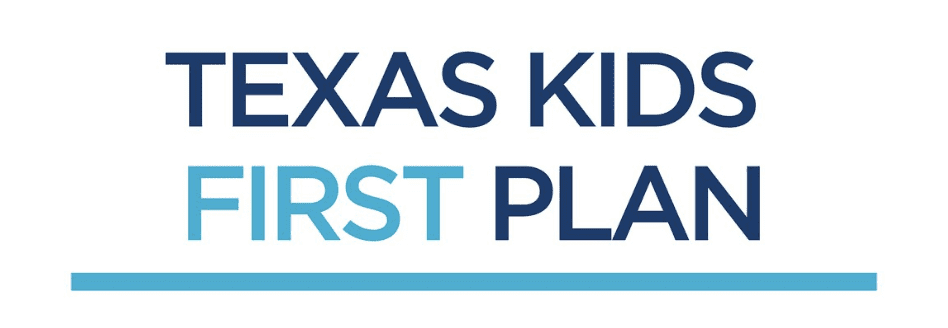Money matters in education, and it’s good to see proposals at the Texas Capitol to boost support to the 5.4 million public school students in our state. Governor Abbott declared remodeling our school finance system an emergency item this session, fast-tracking work on this important topic. We are likely to see various proposals at the Legislature aimed at improving how we fund our schools. With the Texas Public School Finance Commission report as a starting point, the Texas House Democratic Caucus has released its vision for the session.
Several of the recommendations in the Texas Kids First Plan presented by the Caucus reflect the long-held policy proposals supported by CPPP. These include funding full-day Pre-K for currently eligible students, increasing the per-student base level of funding, and additional support for low-income, English Language Learner, and special education students. While details may differ, these proposals are also closely aligned with some of the recommendations made within the School Finance Commission report.
The Texas Kids First Plan and the Texas Senate both include proposals to increase teacher pay. However, the House Democrats’ plan aims to increase wages for all school staff, not just teachers, and it looks at compensation as whole rather than just salaries. While CPPP believes our teachers and other school staff are long overdue for a pay raise, we also feel that ensuring our schools receive adequate funding overall will allow districts to make local decisions on how to increase salaries and benefits for all employees.

The largest split between the Texas Kids First Plan and proposals coming from the state’s top leaders is how to incorporate property tax reductions into a school finance proposal. Property taxes and school finance are intricately connected. As the state has cut its share of state funding to public schools over the years, local property taxes have had to make up the difference.
Because the state constitution guarantees all children access to a high quality education, regardless of ZIP code, it’s important that every community pays the same relative proportion of taxes to support public education. Since every district is able to generate a different level of support when tax rates are the same (due to property value differences), the state’s role is to level the playing field by ensuring all districts receive similar levels of funding.
Under Governor Abbott’s property tax cut proposal, as detailed in the School Finance Commission report, school districts with quickly rising property values will be able to reduce primary school tax rate faster than districts not experiencing the same speed of growth. Districts able to reduce their tax rates would still enjoy the same level of funding as districts with higher tax rates. This is a complete departure from and direct threat to the equity standard at the core of our school finance system: all districts, regardless of property wealth, receive “substantially equal access to similar revenue per student at similar tax effort.”
The House Democrats recognize that property value growth, not tax rate increases, are driving property tax bills. For example, the Austin Independent School District has not increased its maintenance and operation tax rate (the primary school tax) since 2009. To address property value growth, the Democrats’ plan includes a doubling of the homestead exemption to $50,000 from $25,000. This means that $50,000 of the value of a homeowner’s home that they live in would be exempt from taxation.
All tax cuts damage the state’s ability to sufficiently invest in education, health care, and other services that make Texas a strong state. Fixed-dollar homestead exemptions such as this one are the least unfair type of tax cut considered by the Legislature. Low-income homeowners would benefit more from the exemption, since the proposed $25,000 increase would account for a greater percentage of the value of a less expensive home. A higher exemption would slightly reduce the cost of owning a home, and could potentially reduce rents by lowering demand for rental properties.
Since the Texas Kids First Plan is a collection of bills, some still waiting for lawmakers to file, we don’t have all the details yet. Some good ideas from the School Finance Commission report did not make it into the Democrats’ plan, such as increasing enrichment level funding while simultaneously reducing the tax rate used to generate that funding. This would allow districts to decrease the optional portion of the school tax, while still receiving the same level of funding.
The overriding concern with all the proposed school finance plans is the price tag and how do we pay for it. There are readily available sources of revenue for lawmakers to use, and CPPP has provided a menu of options for revenue sources that need to be a part of the discussion if we are going to have a sustainable system.
While things are moving fast at the Capitol, it’s still early in the legislative session. We look forward to following this debate and working with the Legislature to ensure our school finance system is able to provide the resources needed for all kids – equitably – to reach academic success.
We're glad the conversations on #SchoolFinance and #PropertyTaxes are moving forward. There are some good ideas being presented here that leadership should consider. #txlege https://t.co/WSwcgFo1xZ
— Every Texan (@EveryTxn) February 21, 2019
